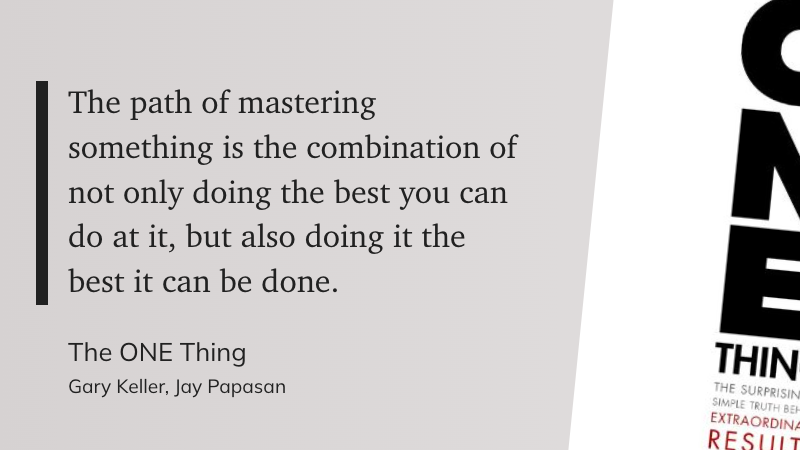I am lucky to work in a profession that allows me time to read. Actually, it’s pretty much part of my job to read professional development books. I’m always looking for new strategies to share with teachers.
Of course, I also read out of necessity for my doctoral work. And that reading will only increase in the next few years. Still, I am committed to reading as much as possible since I am working on my books (you gotta read if you want to write). More on that later in this post.
I’ve participated in reading challenges for the past few years, but I thought I’d publish a list of the best books I read this year. I wanted to do this partially as. a way to remind myself of the books I’ve read and what I learned from them and encourage more of you to read more in the next year. You can’t go wrong by reading more, and if you plan the time, I promise you’ll be astounded by how much you can read in a year.
Here, in no particular order, are the books that I loved the most in 2022:
The Library Book by Susan Orlean
In her fascinating 2018 book, The Library Book, Susan Orlean recounts the story of the Los Angeles Public Library and its remarkable journey from destruction to rebirth. On April 29th, 1986, a devastating fire consumed the Central Library of Los Angeles, destroying hundreds of thousands of books and leaving much of its infrastructure in ruins. Through extensive research and interviews with those who lived through this tragedy, Orlean sheds light on how the library could be rebuilt despite such immense destruction (Read More).
Shadow Divers by Robert Kurson
In his riveting narrative, Robert Kurson captures the true story of two relic-seeking divers’ incredible discovery off the coast of New Jersey in 1991. John Chatterton and Richie Kohler are presented with an opportunity to unearth a mysterious secret hidden for over 60 years – a German U-boat from World War II. Through their perilous journey, they set out to identify the submarine and uncover the human bones on board (Read More).
Quiet by Susan Cain
The world of psychology is constantly evolving, but one concept remains the same: the idea that introverts and extroverts exist on a spectrum. In her book Quiet, Susan Cain dives into how this dichotomy has been viewed through the ages and how embracing both types of personalities can lead to a healthier, more well-rounded society (Read More).
Oathbringer by Brandon Sanderson
Brandon Sanderson’s novel, Oathbringer, is the third installment in the best-selling Stormlight Archive series. This epic fantasy novel follows Dalinar Kholin and his quest to protect Roshar from the Voidbringers. The novel features a wide array of fascinating characters, a thrilling world, and a gripping plot that will keep readers hooked until the very last page (Read More).
The Rage of Dragons by Evan Winter
The Rage of Dragons is an exciting new fantasy novel by author Evan Winter. It’s a story about a young man who embarks on a quest for revenge after suffering a major personal loss. But this isn’t just another tired, Eurocentric medieval fantasy—this story draws inspiration from African cultures and offers readers something fresh and unique (Read More).
Truman by David McCullough
Presidential biographies are often a great source of information for understanding the character and accomplishments of the presidents who have shaped our country. David McCullough’s Pulitzer Prize-winning biography, Truman, serves as a particularly informative and in-depth look into the life and legacy of President Harry Truman.
This book is an important resource for learning about Truman and provides insight into his optimism, diligence, perseverance, political talents, and acumen. Let’s dive deeper into the book and explore what makes it so special. Read More
Final Words
I read 102 books in 2022 (tying my count from 2021) and plan to read at least that many in 2023. Starting in January 2023, I’ll send out my reading recommendations each month based on what I’ve read.
I release a newsletter every Friday with 10 Things I think are worth sharing across my various interests. Once a month, I send an additional reading recommendation list as well. The newsletter is free, and you can sign up right here.
One last thing…
I’ve been thinking about writing books for a long time. Then, I decided I would get ready to write books & stories. Now, it’s time to make that happen.
I’m launching the Patreon page for my books/stories/connected world of The Heretic Chronicles. I aim to have the first novel ready to publish (self-publish) by the end of 2023. Along the way, there will be behind-the-scenes previews, short stories, and more for patrons. If you’d like to support this work (or want to hang around and watch the train wreck!), head on over to my Patreon page and sign up (for as little as $1/month!)
Thanks for being here in 2022, I’m looking forward to bringing you more content than ever in 2023.
MP












